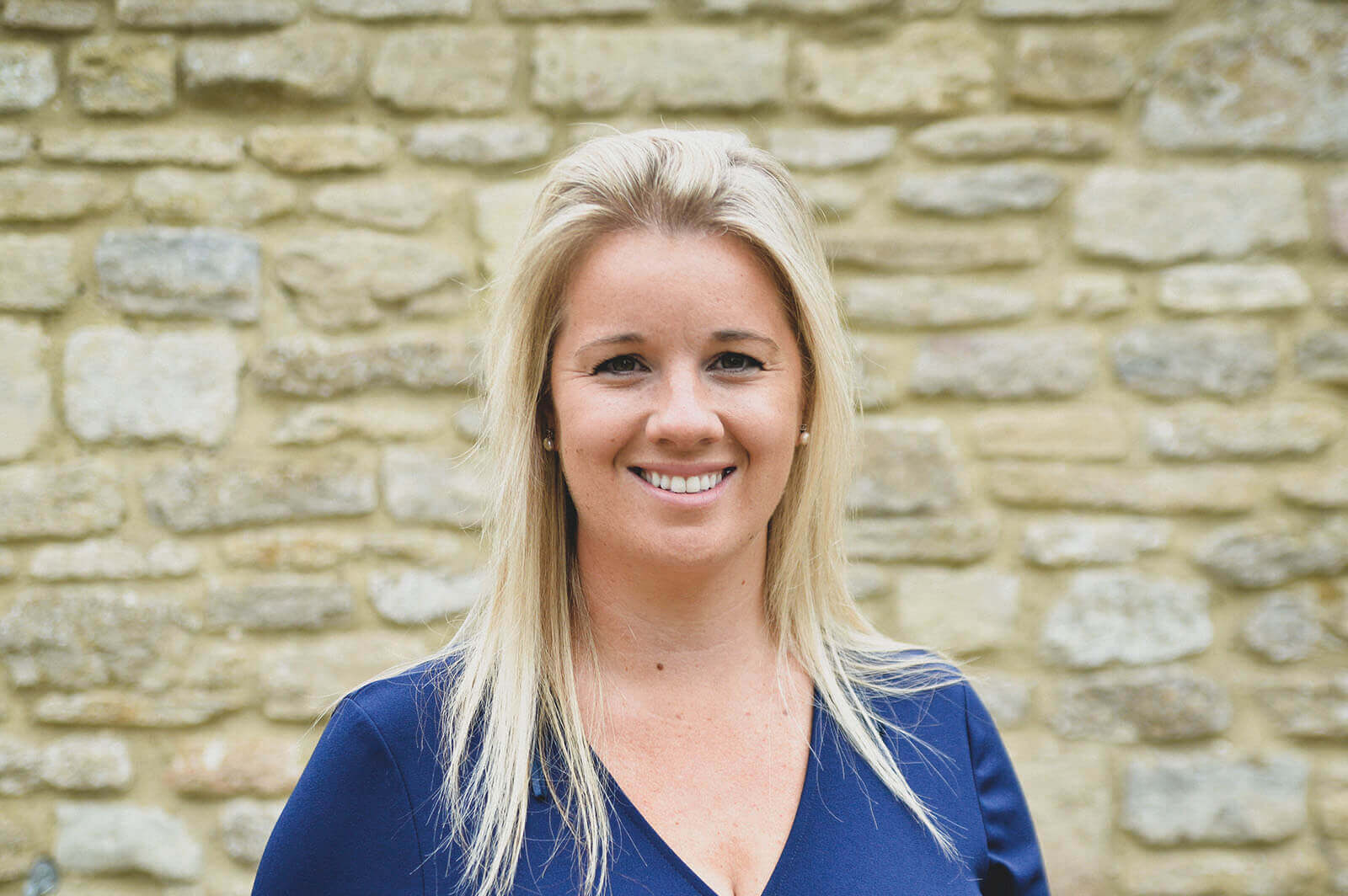How planning now can save unnecessary tax in the future.
Protecting those dearest to you
Whilst not always easy to discuss or think about, a little bit of forward planning can make sure your ultimate wishes and legacies are received by those you hold dearest.
Having plans in place for after you have gone, will undoubtedly provide you and your family with peace of mind. Contrary to belief, you do not have to be wealthy for your estate to be liable for inheritance tax and it is not something that is paid only on death, it may also be payable on trusts or on gifts made during someone’s lifetime. Some estates will not be liable for inheritance tax because they are valued at less than the nil rate band threshold (£325,000 in 2020/21). This threshold will remain frozen until 6 April 2021 however, tax is payable at 40% on the amount over this threshold or 36% if the estate qualifies for a reduced rate, as a result of a charitable donation.
Married couples and registered civil partners can effectively increase the threshold on their estate when the second partner dies – to as much as £650,000 in 2020/21. Their executors or personal representatives must transfer the first spouses’ or civil partners’ unused NRB to the second spouse or civil partner when they die.
Passing on a family home
One question I often get asked by clients is around passing on a family home. Since 6th of April 2017, there has been an increasing allowance known as the Resident Nil Rate Band (RNRB), which reaches the original limit of an additional £175,000 each in 2020. This can be offset against the value of a qualifying residential property, typically the main residence, when left to a direct descendant. The RNRB is in addition to the standard NRB and is £175,000 for 2020/21, rising in line with the CPI. This means that married couples and registered civil partners will be able to pass on assets worth up to £1 million, including the family home, completely free of inheritance tax from April 2020.
For those with estates that exceed £2 million, there is, however, a reduction at a rate of £1 for every £2. This threshold will also rise by CPI from 6 April 2021. As with the standard nil rate band, any unused allowance on first death will be used to uplift the survivors RNRB.
For those looking to downsize to a smaller property to circumvent the £2 million limit, they will be eligible for an inheritance tax credit, so that even if they sell an expensive property they will still qualify for the new threshold, providing the bulk of the estate is left to their direct descendants.
This is an attempt to encourage older generations to free up larger properties for growing families.
Making gifts
For those that can afford to make gifts during their lifetime, this will also reduce the value of your estate, and ultimately your inheritance tax liability.
- You can make a gift of up to £3,000 a year without any inheritance tax liability, however if you choose not to use this whole allowance, it can be carried forward to the next year.
- You can also give gifts of up to £250 a year to any number of people, with no inheritance tax liability.
- As well as lifetime transfers out of income, which do not reduce capital (for example, one does not have to resort to capital to supplement diminished income).
- Lifetime gifts in consideration of marriage-the exempt amounts are £5000 from parents, £2500 from grandparents and £1000 from others.
There are two types of gift which currently have tax implications. The first is Chargeable Lifetime Transfers (CLTs). The most common chargeable transfers are lifetime gifts into discretionary trusts. Put simply, this is where a transfer will be charged (together with any chargeable transfers made in the previous seven years) if it exceeds the inheritance tax nil rate band (currently £325,000). Tax is currently paid at a rate of 20% on excess over the nil rate band.
The other type of gift I make clients aware of are Potentially Exempt Transfers (PETs). Gifts between individuals or into a bare trust arrangement are examples of PETs. The good news is that these gifts are free from inheritance tax, provided you survive more than seven years beyond the date of the gift.
There is also a further aspect to be aware of if you are making a gift but reserve any of the benefit for yourself (for example, retaining dividend income from shares you have gifted, or living rent-free in a property you have gifted). Unfortunately, this can be classed as a ‘Gift with Reservation’ and is therefore still calculated as being within your estate for Inheritance Tax purposes.
Life Insurance Policy
Taking out a life insurance policy written under an appropriate trust could be used towards paying an inheritance tax liability. Under normal circumstances, the pay-out from a life insurance policy will form part of your legal estate and may therefore be subject to inheritance tax, however, by writing a life-insurance policy in an appropriate trust, the proceeds from the policy can be paid directly to the beneficiaries, rather than to your legal estate, and will therefore not be taken into account when inheritance tax is calculated. It will also mean payment to your beneficiaries will probably be quicker, as the money will not go through probate.
In addition, Business Relief and Agricultural Property relief may also allow business owners and farmers to make inheritance tax-free gifts of some of their business interests.
How we can help
Understandably this is currently and likely to remain a complex area, but by working together we can help develop a plan that will ensure your estate and legacies will be enjoyed by your loved ones in the future, saving unnecessary tax and securing more of their inherited value.
To discuss your own Inheritance Tax Planning in further detail, please do not hesitate to get in touch with me or one of my colleagues on 0117 450 1300.







